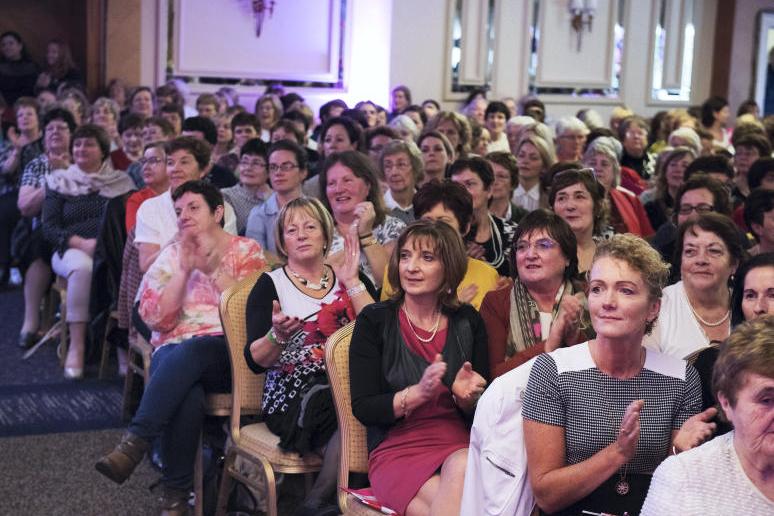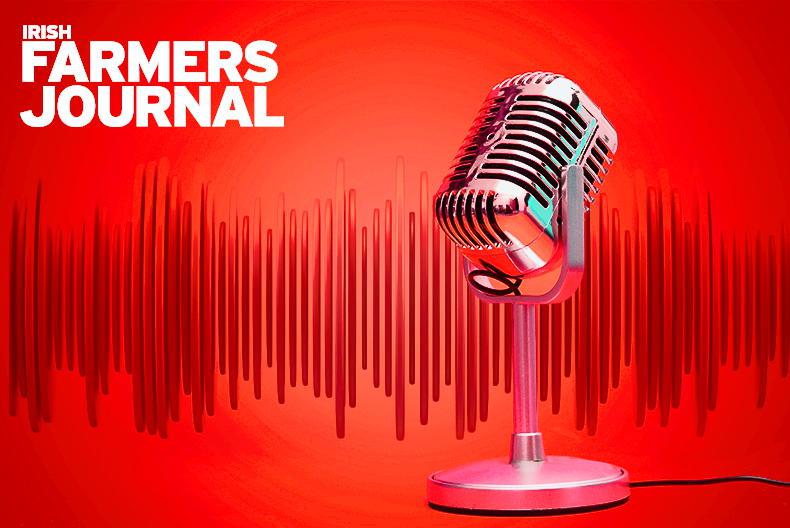A review of how the IFA is funded is ongoing with a particular focus on the levy system. Levies are collected on a range of commodities when traded by farmers and account for a significant proportion of IFA income, as is the case for Macra na Feirme and ICMSA.
Last Thursday, Teddy Cashman, chair of the review committee, updated the IFA executive council on progress to date. After exploring a range of funding options, including scrapping levies and increasing membership, the committee found that a hybrid system combining a membership model with levies to be the fairest and most appropriate model.
While many have criticised the levy system, few have offered a viable alternative. At the same time, even the most hardened IFA critics admit farmers need a well-funded representation body focused on delivery.
One option being considered is to formalise the arrangement whereby processors collect levies on behalf of farm organisations. Such a move would see the introduction of an administration charge. Do farmers really want to hand over more money to a processing sector they feel is making excessive margins?
Perhaps it is worth asking if farmers alone should be expected to fund the IFA and other farm organisations. Yes, the IFA is to the fore in defending farmer interests at national level, whether it’s farmgate prices, the rollout of schemes or lobbying for changes to national policies.
However, the IFA focus goes much further than merely protecting the interests of its members. Again, even the most hardened critic would acknowledge the role it plays in defending Irish agriculture – not just farmers – on a range of issues at EU and international level, including global trade deals, CAP reforms and potentially damaging EU directives.
Defending Irish interests in the face of these challenges not only protects the income of farm families, but also our food export market, the associated jobs and our national economy. With the benefits of the IFA felt far outside the farm gate, why should it be down to just farmers alone to fund it?
What would an alternative funding model look like? In its simplest form, it would see a farmer membership model operate alongside the introduction of an industry levy. This levy would be paid by businesses that benefit from a strong farming sector and a vibrant rural economy. For example, co-ops and meat factories would make a contribution on every animal slaughtered or litre of milk processed, while marts/grain merchants contribute on every animal or tonne of grain traded. It is worth noting that in the UK we see the offices of the retail ombudsman being funded by the retail sector.
By far the most transparent method of implementation would be through a statutory levy. While such a move would likely face legal challenge, farmers have a strong case in demanding Government action:
The significant imbalance of power between individual farmer suppliers and what is an ever more concentrated retail and processing sector.The associated dividends in export growth and jobs delivered to the wider industry from the work carried out by a strong farm organisation.Transparency would have to extend right across each farm organisation, detailing how funds are spent with a breakdown of other economic activities. The practice of securing funds from organisations with which negotiations were taking place on behalf of farmers – eg, on issues such as roads, windfarms, solar and pylons – would all have to cease.
To protect the independence of the farm organisations, the industry could have no involvement in the distribution of funds, regardless of whether the levy is introduced on a voluntary or statutory basis. Instead, this should be a transparent process where funds are allocated based on the level of financial support secured from the respective member base – a move that would ensure the primary focus always remains on delivering for farmers.
We should not simply assume that access to money guarantees delivery.
A review of how the IFA is funded is ongoing with a particular focus on the levy system. Levies are collected on a range of commodities when traded by farmers and account for a significant proportion of IFA income, as is the case for Macra na Feirme and ICMSA.
Last Thursday, Teddy Cashman, chair of the review committee, updated the IFA executive council on progress to date. After exploring a range of funding options, including scrapping levies and increasing membership, the committee found that a hybrid system combining a membership model with levies to be the fairest and most appropriate model.
While many have criticised the levy system, few have offered a viable alternative. At the same time, even the most hardened IFA critics admit farmers need a well-funded representation body focused on delivery.
One option being considered is to formalise the arrangement whereby processors collect levies on behalf of farm organisations. Such a move would see the introduction of an administration charge. Do farmers really want to hand over more money to a processing sector they feel is making excessive margins?
Perhaps it is worth asking if farmers alone should be expected to fund the IFA and other farm organisations. Yes, the IFA is to the fore in defending farmer interests at national level, whether it’s farmgate prices, the rollout of schemes or lobbying for changes to national policies.
However, the IFA focus goes much further than merely protecting the interests of its members. Again, even the most hardened critic would acknowledge the role it plays in defending Irish agriculture – not just farmers – on a range of issues at EU and international level, including global trade deals, CAP reforms and potentially damaging EU directives.
Defending Irish interests in the face of these challenges not only protects the income of farm families, but also our food export market, the associated jobs and our national economy. With the benefits of the IFA felt far outside the farm gate, why should it be down to just farmers alone to fund it?
What would an alternative funding model look like? In its simplest form, it would see a farmer membership model operate alongside the introduction of an industry levy. This levy would be paid by businesses that benefit from a strong farming sector and a vibrant rural economy. For example, co-ops and meat factories would make a contribution on every animal slaughtered or litre of milk processed, while marts/grain merchants contribute on every animal or tonne of grain traded. It is worth noting that in the UK we see the offices of the retail ombudsman being funded by the retail sector.
By far the most transparent method of implementation would be through a statutory levy. While such a move would likely face legal challenge, farmers have a strong case in demanding Government action:
The significant imbalance of power between individual farmer suppliers and what is an ever more concentrated retail and processing sector.The associated dividends in export growth and jobs delivered to the wider industry from the work carried out by a strong farm organisation.Transparency would have to extend right across each farm organisation, detailing how funds are spent with a breakdown of other economic activities. The practice of securing funds from organisations with which negotiations were taking place on behalf of farmers – eg, on issues such as roads, windfarms, solar and pylons – would all have to cease.
To protect the independence of the farm organisations, the industry could have no involvement in the distribution of funds, regardless of whether the levy is introduced on a voluntary or statutory basis. Instead, this should be a transparent process where funds are allocated based on the level of financial support secured from the respective member base – a move that would ensure the primary focus always remains on delivering for farmers.
We should not simply assume that access to money guarantees delivery.









SHARING OPTIONS